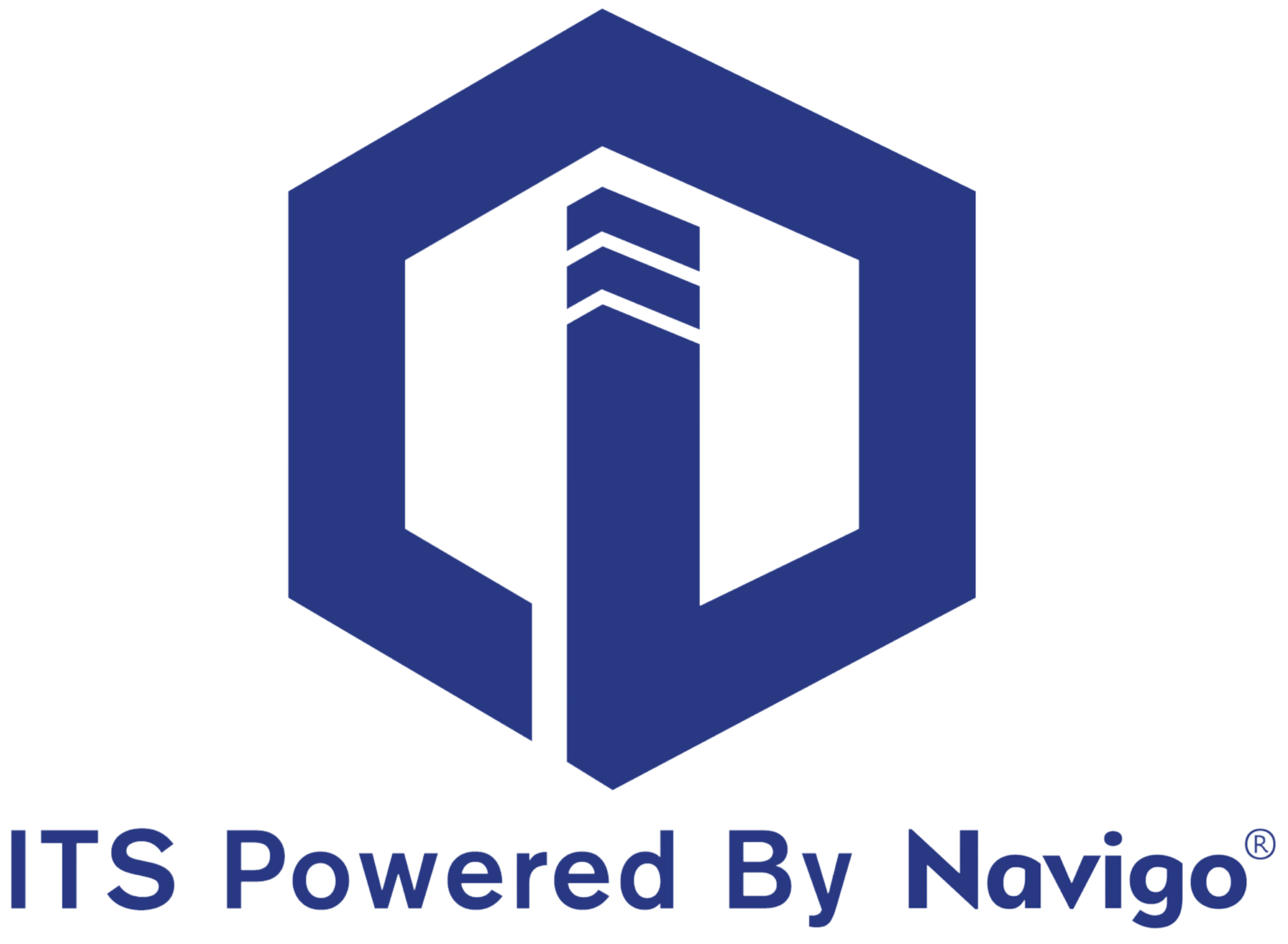Headquarters
7150 Columbia Gateway Drive, Suite L, Columbia, MD 21046
New York Location
112 West 34th Street, 18th floor, Room 18025 New York, NY 10001

Proud member

Considering the implementation of a digital Visitor Management System (VMS) for your multi-tenant property can bring about numerous benefits, from enhanced security to streamlined operations. To ensure you make an informed decision, follow this comprehensive checklist.
1. Define Your Needs and Goals
Identify your primary objectives for implementing a VMS, such as improving security, streamlining check-in processes, or enhancing tenant satisfaction.
Determine the specific features and functionalities you require, such as visitor pre-registration, real-time alerts, integration with access control systems, and data analytics.
2. Research Potential VMS Providers
Conduct thorough research to identify reputable VMS providers with a proven track record in the industry.
Evaluate their range of features, customization options, user reviews, and compatibility with your property's infrastructure.
3. Security and Compliance
Ensure that the VMS prioritizes security by offering features like visitor background checks, photo capture, and badge printing.
Verify that the system adheres to relevant data protection and privacy regulations, such as GDPR or HIPAA, depending on your location and property type.
4. Integration Capabilities
Check if the VMS can seamlessly integrate with your existing access control systems, surveillance cameras, and other security infrastructure.
Confirm compatibility with your property management software or tenant databases for a unified experience.
5. User-Friendly Interface
Test the user interface to ensure it's intuitive and user-friendly for both visitors and staff members.
Opt for a system that supports self-registration and pre-registration to streamline the check-in process.
6. Mobile Accessibility
Consider a VMS that offers mobile apps or web-based access, allowing tenants and authorized personnel to manage visitors remotely.
7. Real-Time Notifications
Check if the VMS provides real-time notifications via email, SMS, or app alerts to inform tenants and property managers about visitor arrivals.
8. Customization Options
Determine if the VMS can be tailored to match your property's branding and aesthetics for a cohesive look.
9. Scalability
Choose a VMS that can accommodate your property's growth and evolving needs without significant disruptions.
10. Data Analytics and Reporting
Verify that the system offers robust reporting capabilities, allowing you to analyze visitor patterns, peak traffic times, and other valuable insights.
11. Training and Support
Inquire about the training and support provided by the VMS provider to ensure a smooth transition for your staff and tenants.
12. Cost Analysis
Request detailed pricing information, including initial setup costs, subscription fees, and any additional charges for customization or support.
13. Tenant Engagement
Assess whether the VMS offers features that enhance tenant engagement, such as the ability for tenants to pre-register their guests.
14. Trial Period
If possible, request a trial period to test the VMS in a real-world setting to gauge its effectiveness and user-friendliness.
15. Feedback and References
Reach out to existing users or references provided by the VMS provider to gain insights into their experiences and satisfaction levels.
By diligently working through this checklist, you'll be better equipped to choose a Visitor Management System that aligns with your property's unique needs, enhances security, and provides a seamless experience for both visitors and tenants.
Explore itouchinc.com for more information on our solutions or contact us for needs unique to your property or project.
7150 Columbia Gateway Drive, Suite L, Columbia, MD 21046
112 West 34th Street, 18th floor, Room 18025 New York, NY 10001

Proud member
Toll-Free
Phone
© Copyright 2025 ITS, Inc. All rights reserved.
Stay in touch with the latest news and updates from ITS, Inc.
7150 Columbia Gateway Drive, Suite L
Columbia, MD 21046
112 West 34th Street, 18-025
New York, NY 10001